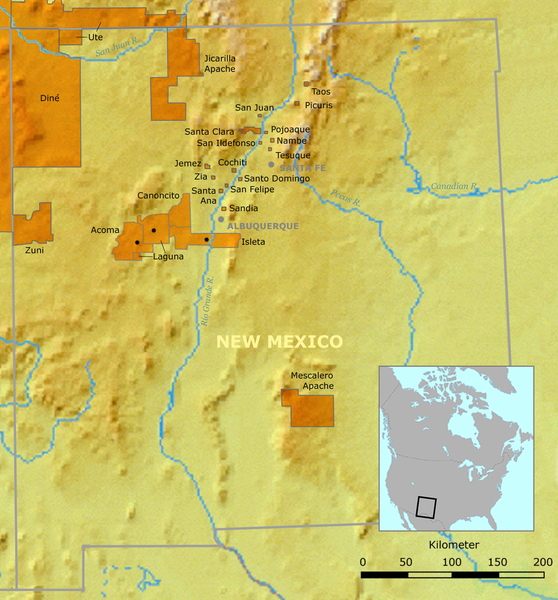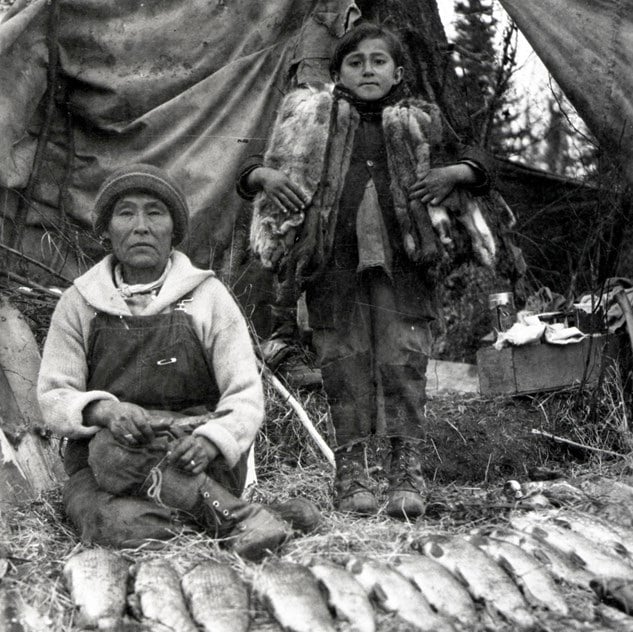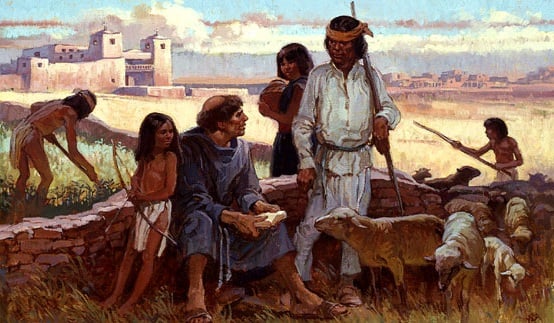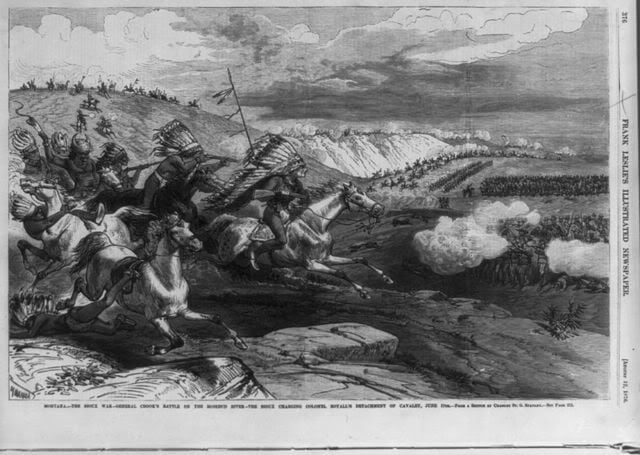Pueblo Clowns
( – promoted by navajo)
One of the important features of Pueblo Indian cultures is the existence of clowns and clowning societies. The clowns often play a crucial role in ceremonies: they may mimic strangers and members of other tribes; they may reverse the normal order of things to provoke laughter, but in doing this they also reinforce, by their perversity, norms of behavior. While clowning is important to the Pueblo cultures, outsiders are sometimes offended by it. In 1920, the non-Indian principal of the Oraibi (Arizona) School interrupted a Hopi ceremony when he saw a clown dancer with a huge artificial penis. In the words of the principal, he stopped the ceremony and told the dancer “that if he ever did a thing like that again, I would put him in jail. He told me that he did not know it was wrong, that it was a Hopi custom.”

Generally, Pueblo clowning may include acts of gluttony, including eating the inedible; simulating sexual activities; begging; joking; burlesquing ritual and ceremony; performing skits which satirize individuals or elements of their own society; performing skits which satirize other societies (other pueblos, Navajos, and especially European-Americans); acting and speaking in opposites; inverse or backwards behavior; and doing virtually anything to make people laugh.
While clowning can be viewed as a form of comic relief from serious ritual activities, clowning is also a way of reinforcing social norms by openly breaking taboos and by reversing the normal. Clowning can be use to publicly shame potentially troublesome citizens into accepting community standards. The clowns thus serve as a kind of police force, dealing with social deviance to insure the smooth operation of village life.
The power invoked by clowns is the power of creation. That is, it serves as a reminder of the power that orders the world and gives value to its many parts. The clowns represent mankind in a pre-moral state. Among the Hopi, this is a state where the basic Hopi values-self-control in eating, decorous and respectful interpersonal relations, nonaggression, non-acquisitiveness, non-inquisitiveness, sexual modesty, etc.-are overturned, reversed, and burlesqued in the typical fashion of inversionary ritual. This serves to remind people of the importance of these values.
The Hopi view all human beings as clowns: the Hopi emerged in the beginning as clowns, and thus clowning symbolizes the sacredness of humanity and remind the people of the problems which are inherent in all people. The clowns stand the world on its head in order to reveal its rules and their necessity to abate chaos. While the clowns arouse laughter through their mockery, their actions have a serious purpose.

At Cochití pueblo, the clowns-members of the Ku-sha’lí Society-wear distinctive outfits at the ceremonies. For the men, this means that the body is completely painted with alternating black and white stripes. Black rings are painted around the eyes and mouth. Cornhusks which form two horns are worn in the hair and owl feathers are attached to the head. The women paint their faces white and wear the traditional manta.
The Cochití clowns often exhibit obscenities. One non-Indian observer in 1880 described one incident this way:
“Sodomy, coitus, masturbation, etc., was performed to greatest perfection, men accoupling with each other on the ground or standing, and to the great delight of the spectators (certainly over one hundred), men, women, girls and boys, Mexicans and Indians looking on with the greatest ingenuity and innocence, not the slightest indecent look on the part of the women, and applauding the vilest motions.”
While outsiders have often misunderstood the meaning of the Pueblo clowns, and been offended by them, clowning was, and still is, an important part of Pueblo life.



